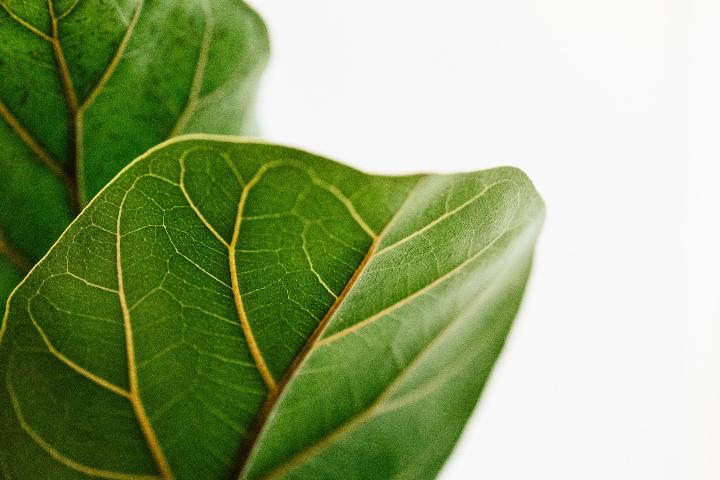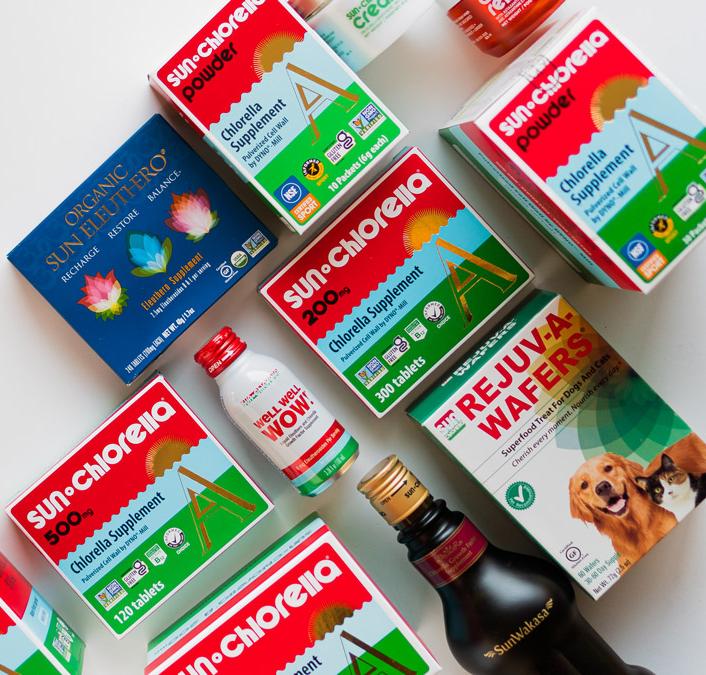Within every photosynthesizing plant cell on this planet is the green pigment chlorophyll. Plants use it to harness the sun’s power, split water molecules, and recombine them with carbon dioxide to create stored energy in carbohydrates.
We depend on this green magic for the food we eat. And just as importantly, we depend on it to produce the life-giving gas we breathe, oxygen.
Chlorophyll And Human Blood
Chlorophyll is very similar in structure to the pigment that allows our blood to transport oxygen, heme. Both contain a specific chemical structure called a porphyrin ring. In the center of chlorophyll’s porphyrin ring is a magnesium atom. In the middle of the heme’s ring is iron.
Long-overlooked preliminary research and more recent case study reports indicate that chlorophyll-rich foods and chlorophyll extracts may help support the production of red blood cells. Some research indicates that chlorophyll supplies the body with porphyrin rings, making it easier to manufacture heme, which is necessary for increasing a healthy red blood cell count.
The health benefits of chlorophyll seem to go even further.
Chlorophyll's Forgotten History

The Rediscovery Of Chlorophyll's Concentrated Cleaning Power
In 2005, a group of German researchers published a study on Carcinogenesis, showing that chlorophyll supplementation seemed good for the colon. According to the researchers, chlorophyll may block the absorption of its look-alike molecule, heme, in the colon, helping to keep the colon walls smooth and healthy.
These studies are only two and preliminary ones at that. However, they hint at what's to come. And they echo what I've found case by case in my practice. I urge my patients to make good use of chlorophyll in their diet. It's like an “internal shower” helping to clean the bowels.
According to the late Dr. Bernard Jensen, holistic health pioneer and author of Chlorella, Gem of the Orient, Chlorophyll is man's greatest natural tissue cleansing agent.
Ready to Find Your Chlorella?
Find your best chlorella that fits your lifestyle. Sun Chlorella offers easy-to-take small tablets, larger tablets, and powder form.

Benefits of Chlorophyll